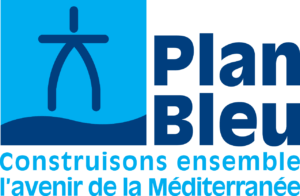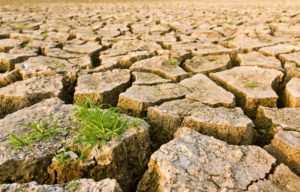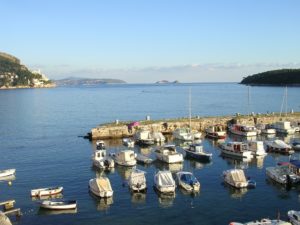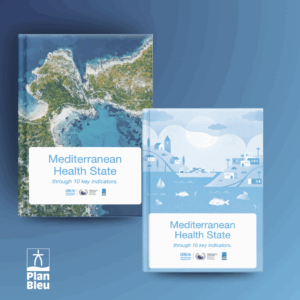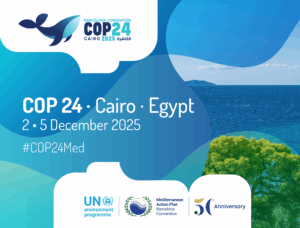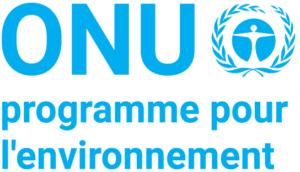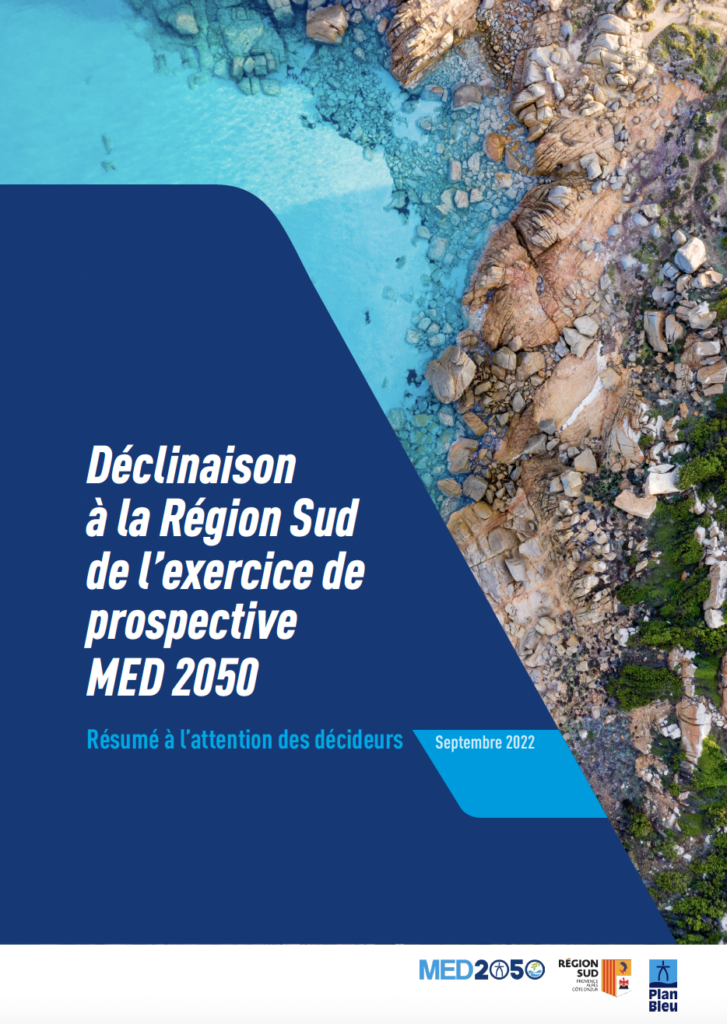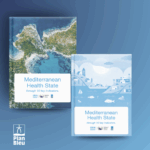Plan Bleu was commissioned to carry out a foresight exercise on the state of the Mediterranean: MED 2050. This project aims to develop an image of what the Mediterranean could look like at an intermediate horizon, 2030, as well as at a more distant horizon, 2050, in order to enlighten and guide political decision-making all around the basin.
Alongside this central project, whose purpose is to study the entire Mediterranean, the MED 2050 project is also available in projects applied to specific Mediterranean geographical areas. It is within this framework that the collaboration between Plan Bleu and the South Region falls.
The work carried out with the Region innovates by associating in its exercise the first actors concerned, the regional elected officials. Thus, the prospective work applied to the South Region is based on a comparison between two scenarios. A trend scenario and an alternative scenario, based, according to the will of elected officials, on the Climate Plan 2 (PC2) and the changes it would entail if it were followed to the letter. The PC2 adopted by the South Region involves very significant changes in behavior and public policies. Only a crisis such as that of Covid-19 and the reduction in activities it entailed enabled the Region to achieve the GHG emission reduction targets set by PC2 (cf. figure 1). Post-COVID, respecting the planned trajectory therefore implies an in-depth transformation of the various activities of the Region. Understanding that a change in behavior is all the more accepted if it is not only a burden, but also a gain, the report drawn up by Plan Bleu endeavored to go beyond the environmental aspect climate of the comparison between the two scenarios, to highlight the socio-economic gains of the different measures.
